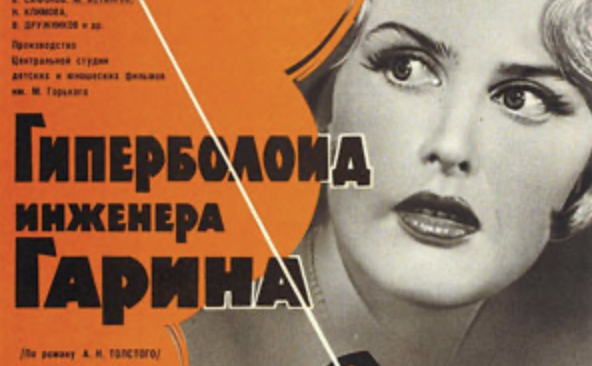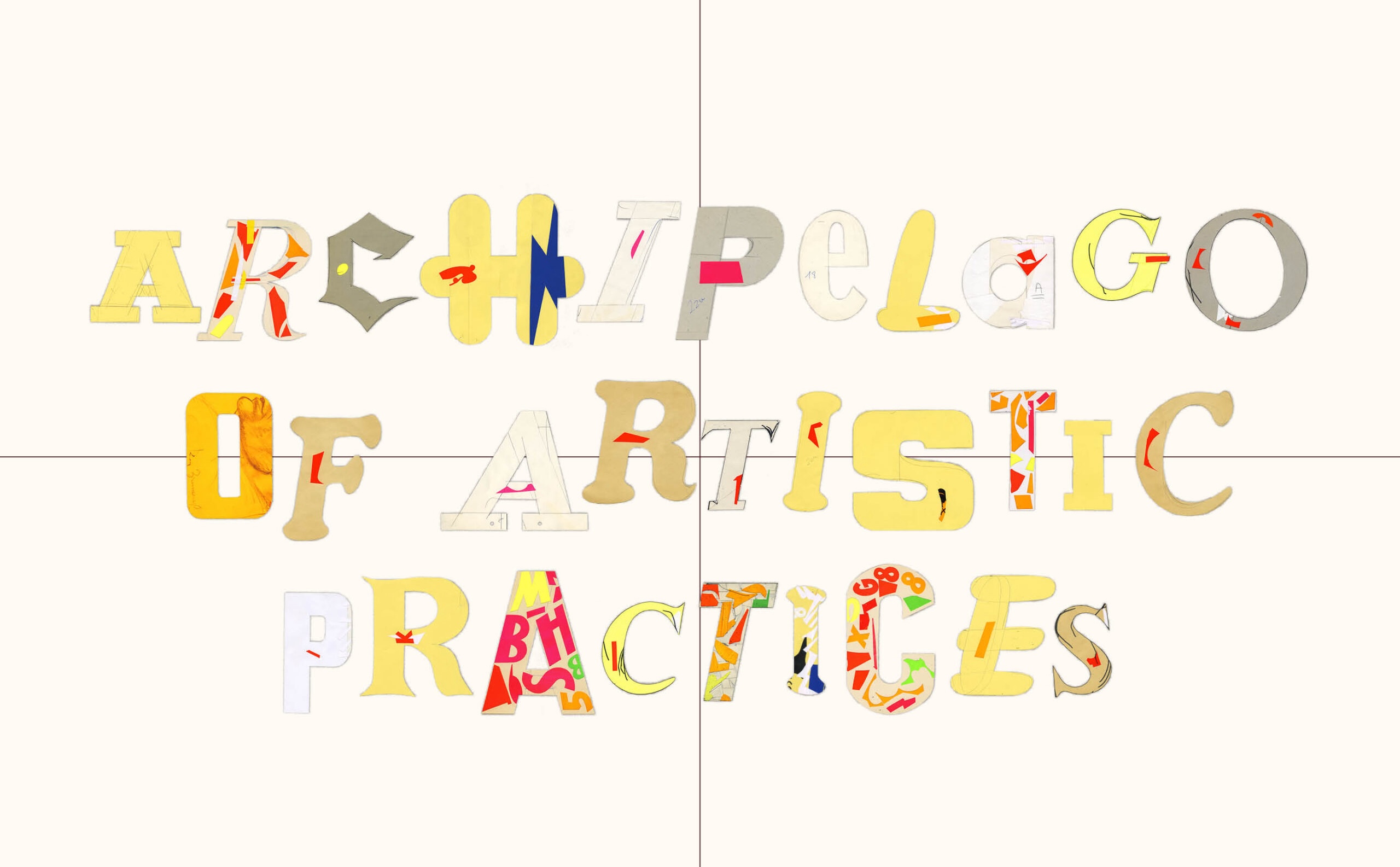[EN] The World Soundscape Project’s definitions of soundwalking and related map-scores often underlined the role of sound-making. In many of the early examples and descriptions, this auditory exploration of environments is equally a practice of ambulatory interaction with their soundscapes or acoustic features. Yet, in most of the current acoustic ecology’s soundwalks, the most widespread and canonized “format” is the listening walk – a silent exploration of a sonic environment – and the idea of “playing the environment” seems to be much less present. Conversely, this idea is often central in many peripatetic music and sound projects, both before and after the World Soundscape Project.
Ambulatory Sound-making. Re-writing, Re-appropriating, “Presencing” Auditory Spaces, a talk by Elena Biserna, aims to explore the aesthetical, social and political potential of sound-making in ambulatory practices in music and the sound arts. By considering several early and contemporary examples, it will investigate different means and ways to “play the environment”: site-specific instrumental compositions or projects, the step, voice,mobile speakers etc. Interpreting walking, listening, and sound-making as relational, embodied, and situated practices, Elena argues that itinerant sound-making is a way of interacting with, re-appropriating, re-writing and “presencing” our auditory spaces.
Elena Biserna is a scholar and independent curator based in Marseille, France. She is associate researcher at PRISM (AMU /CNRS) and TEAMeD (Université Paris 8). Her interests are focused on listening and on contextual, time-based art practices in relationship with urban dynamics, socio-cultural processes, the public and political sphere. She has taught at ESAAix-École Supérieure d’Art d’Aix-en-Provence, Aix-Marseille University and the Academy of fine art of Bologna. She has given talks at different conferences, festivals and events, such as, recently: GMEA – Centre National de Création Musicale d’Albi-Tarn; ADC-Association pour la danse, Geneva; Quartz, Brest; MAR-Museo d’Arte della città di Ravenna; INHA-Institute d’histoire de l’art, Paris; University of Lisbon; La Pelanda, MACRO Testaccio, Rome; De Montfort University, Leicester; Gaîté Lyrique, Palais de Tokyo, EHESS, Paris. Her articles and interviews have appeared in several international publications (Les Presses du Réel, Mimesis, Le Mot et le Reste, Errant Bodies, Amsterdam University Press, Cambridge Scholar, Castelvecchi, etc.) and journals. She co-curates the series La Membrane, the seminar Pratiques de l’écoute, écoute de pratiques at IMéRA Marseille and co-edits the column wi watt’heure of Revue & Corrigée with Carole Rieussec. As a curator, she has collaborated with several organisations and presented her projects in different contexts, such as Manifesta 13, Marseille, Locus Sonus (Aix-en-Provence), La Friche la Belle de Mai (Marseille), soundpocket (Hong Kong), Sant’Andrea degli Amplificatori (Bologna), Cona Zavod (Ljubljana), Xing (Bologna), Saout Radio. She is currently in residency at Q-O2 to research on and present her ongoing project Walking from Scores.
[FR] Les définitions de « marches sonores » ainsi que les partitions cartographiques en lien avec celles-ci, données par le projet World Soundscape, soulignent souvent l’importance de la création sonore. De nombreux premiers exemples et descriptions décrivent cette exploration auditive de l’environnement comme une pratique de déambulation. Dans la plupart des marches sonores et acoustiques, le format « canonisé » le plus répandu est celui de la marche d’écoute – une exploration silencieuse d’un environnement sonore – et l’idée de « jouer l’environnement » semble moins évidente. A l’inverse, cette idée est souvent au coeur de nombreux projets sonores déambulatoires autant avant, qu’après le projet World Soundscape.

 RELATED
RELATED 

